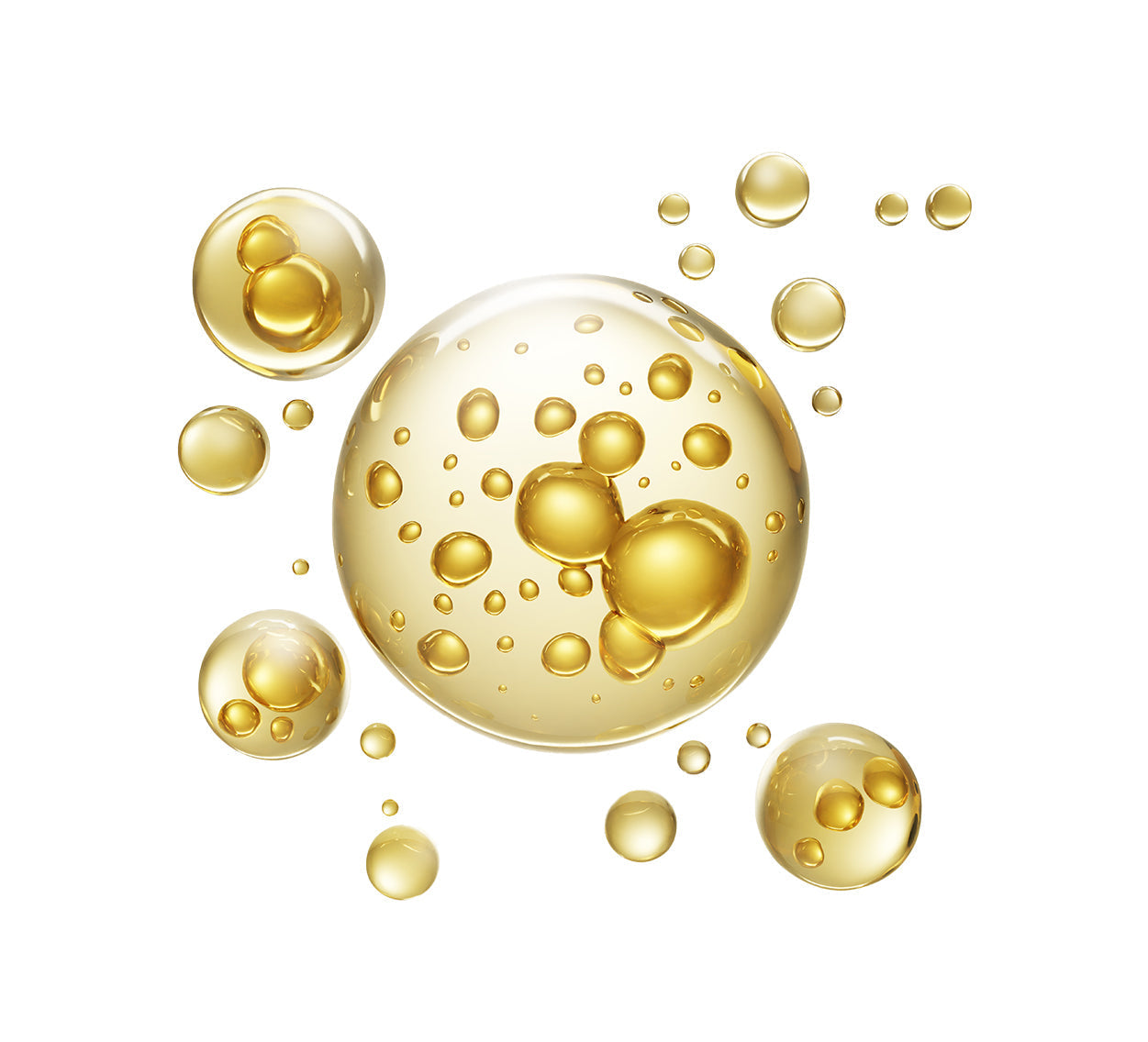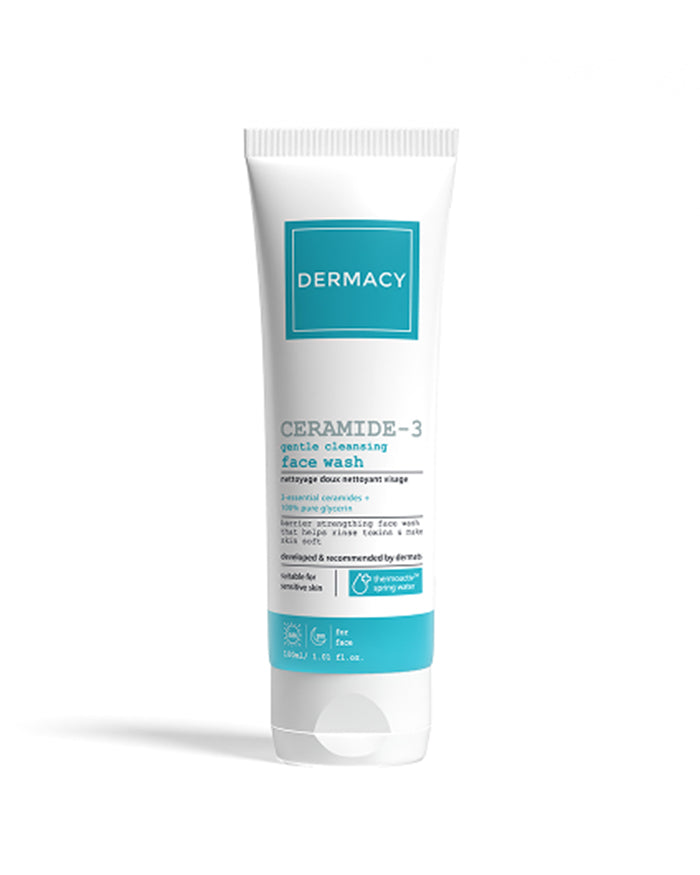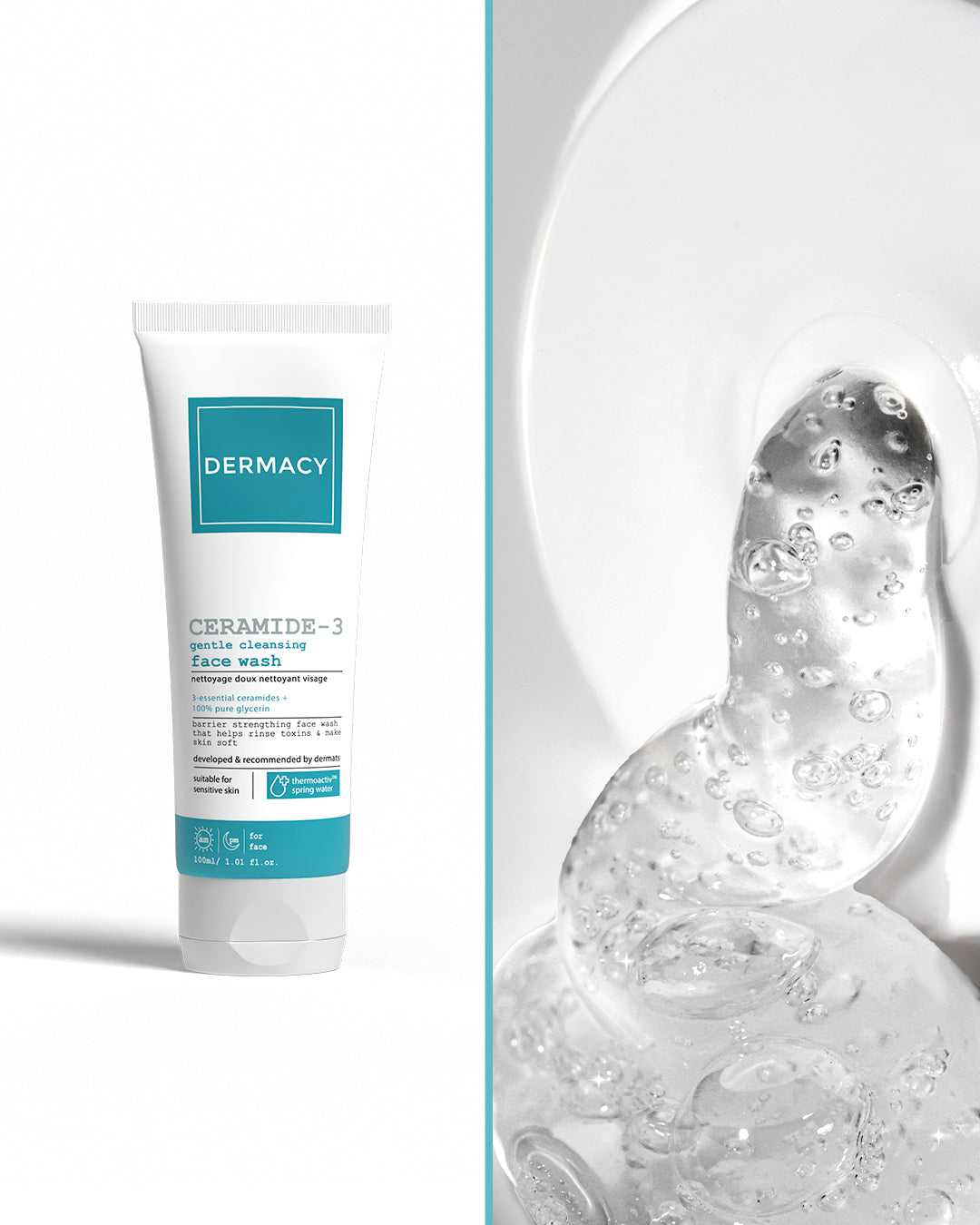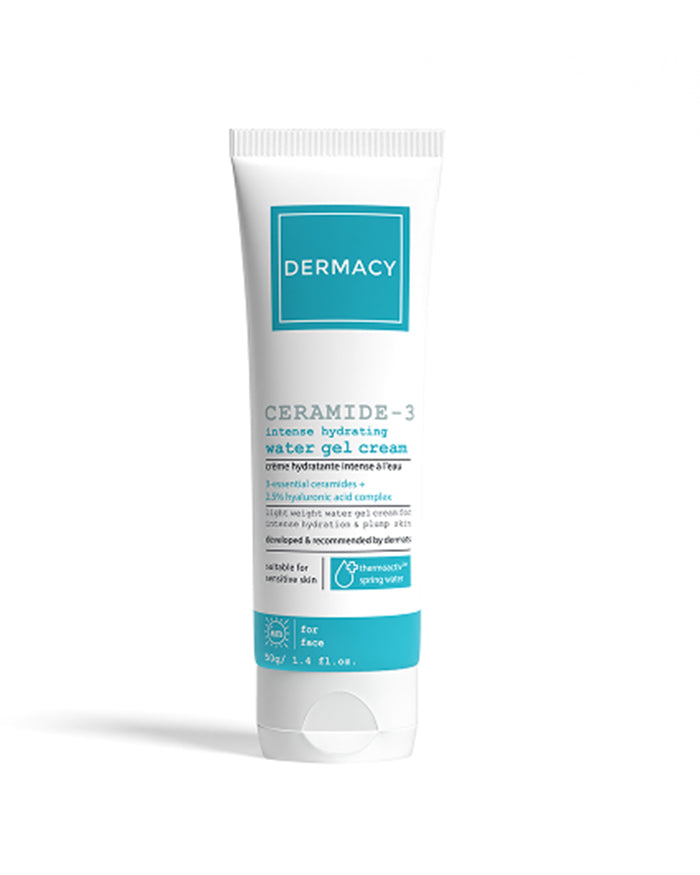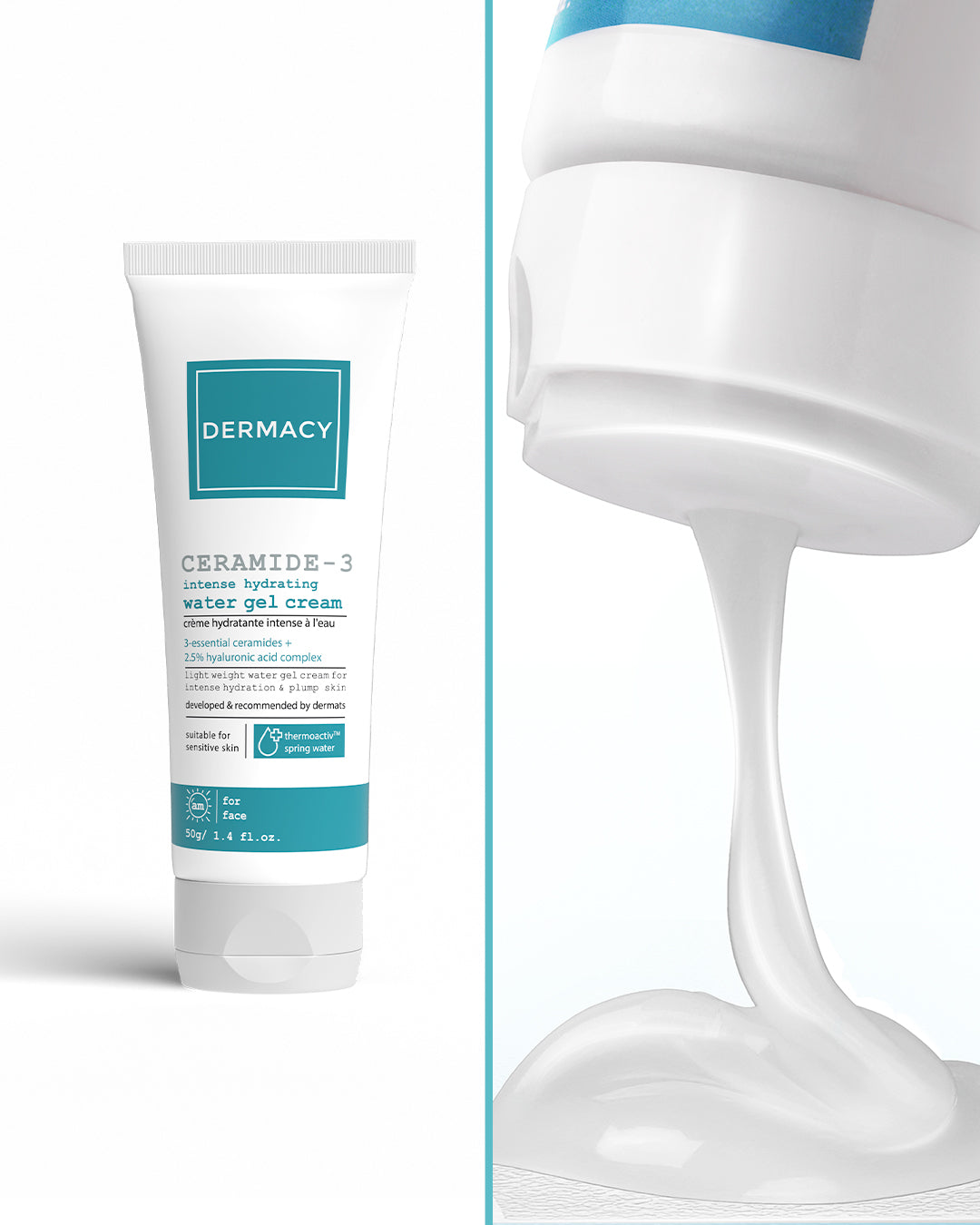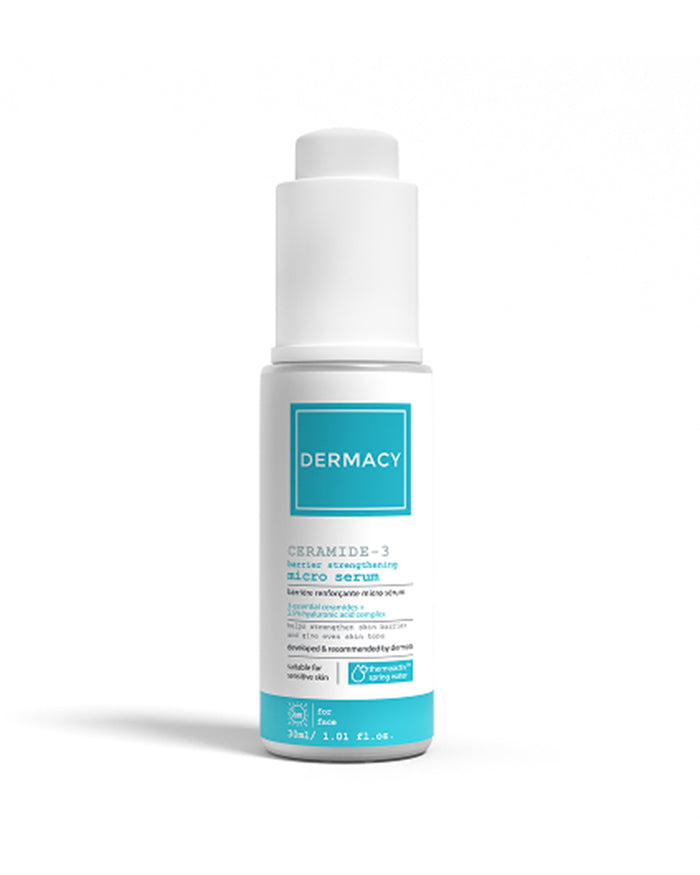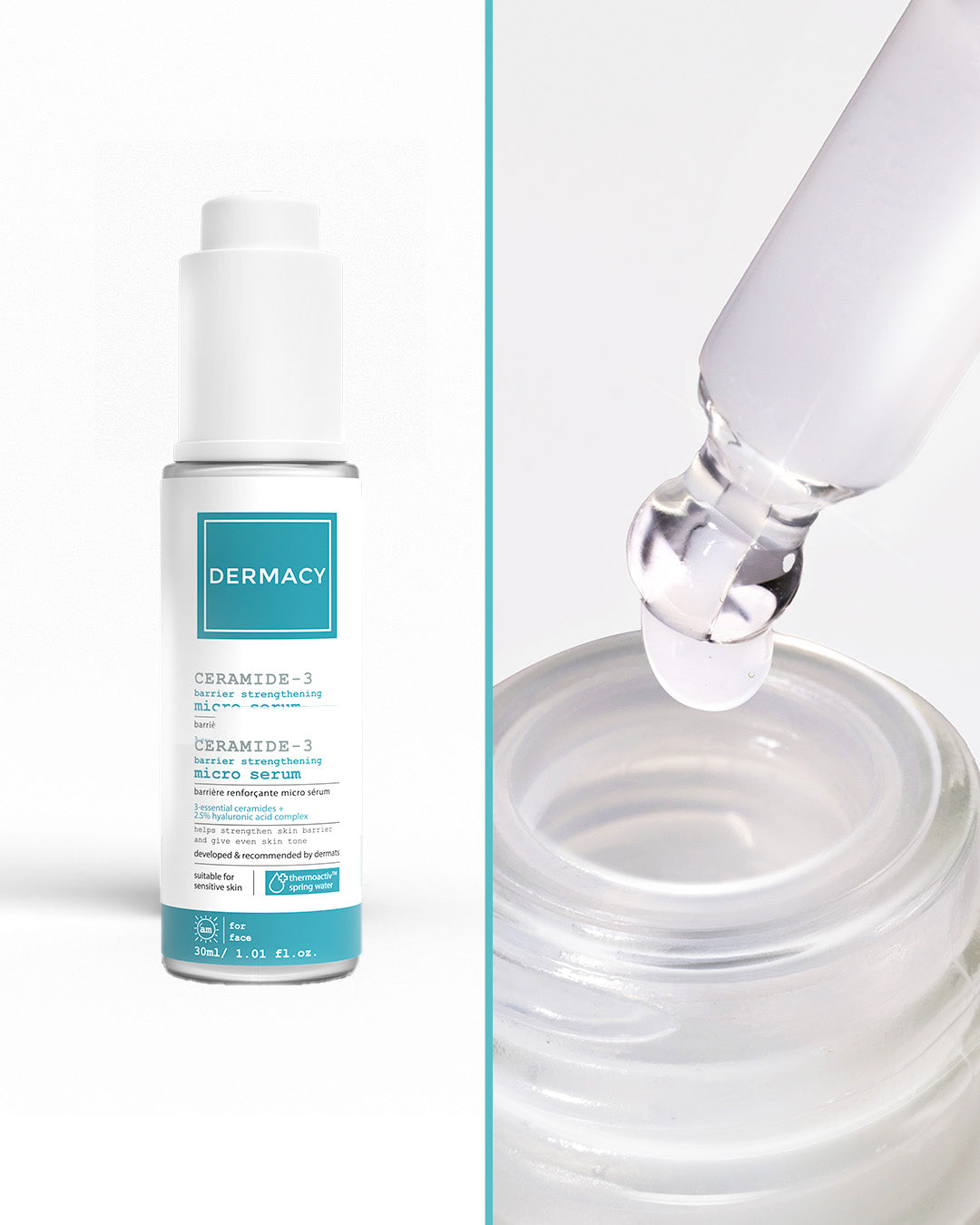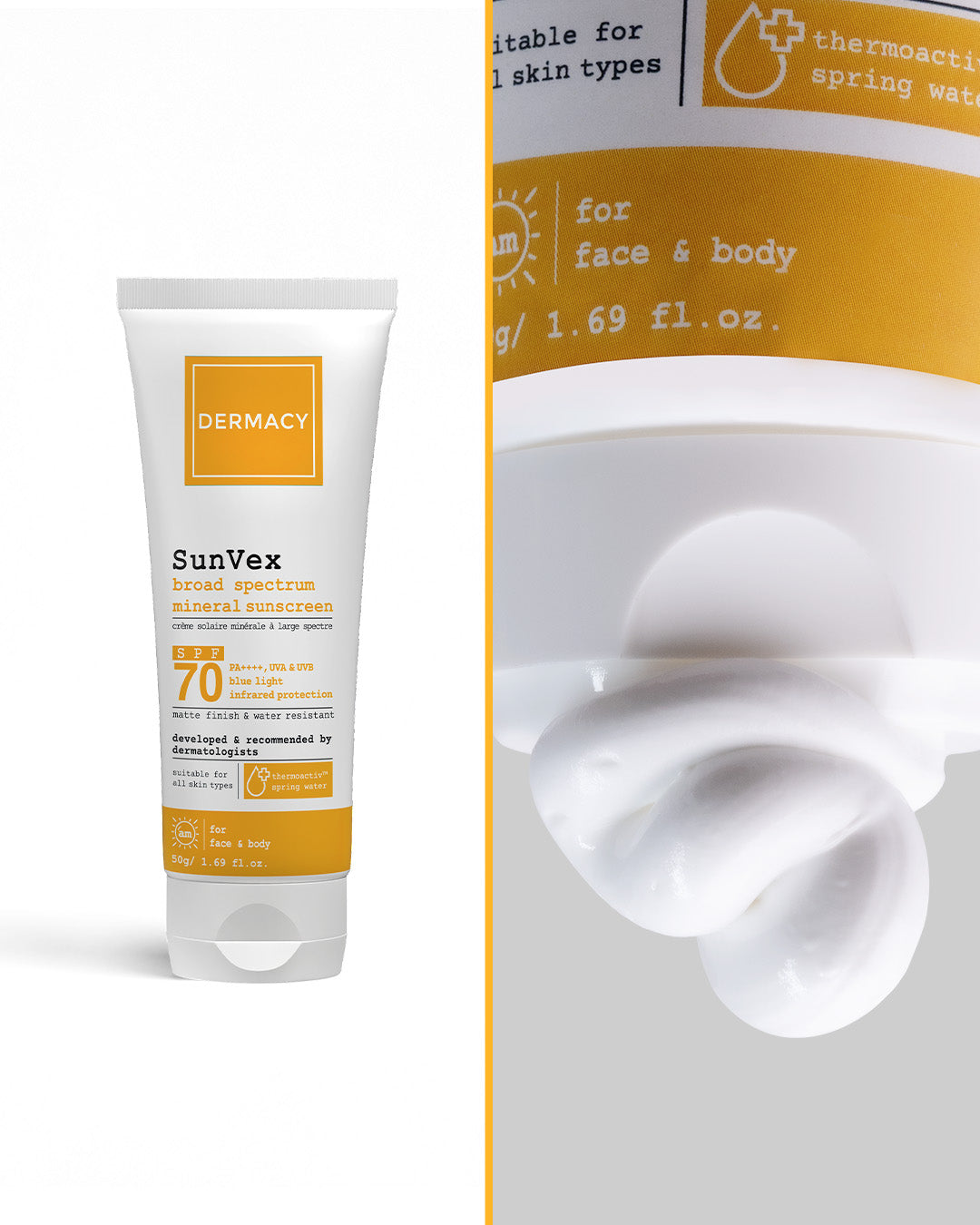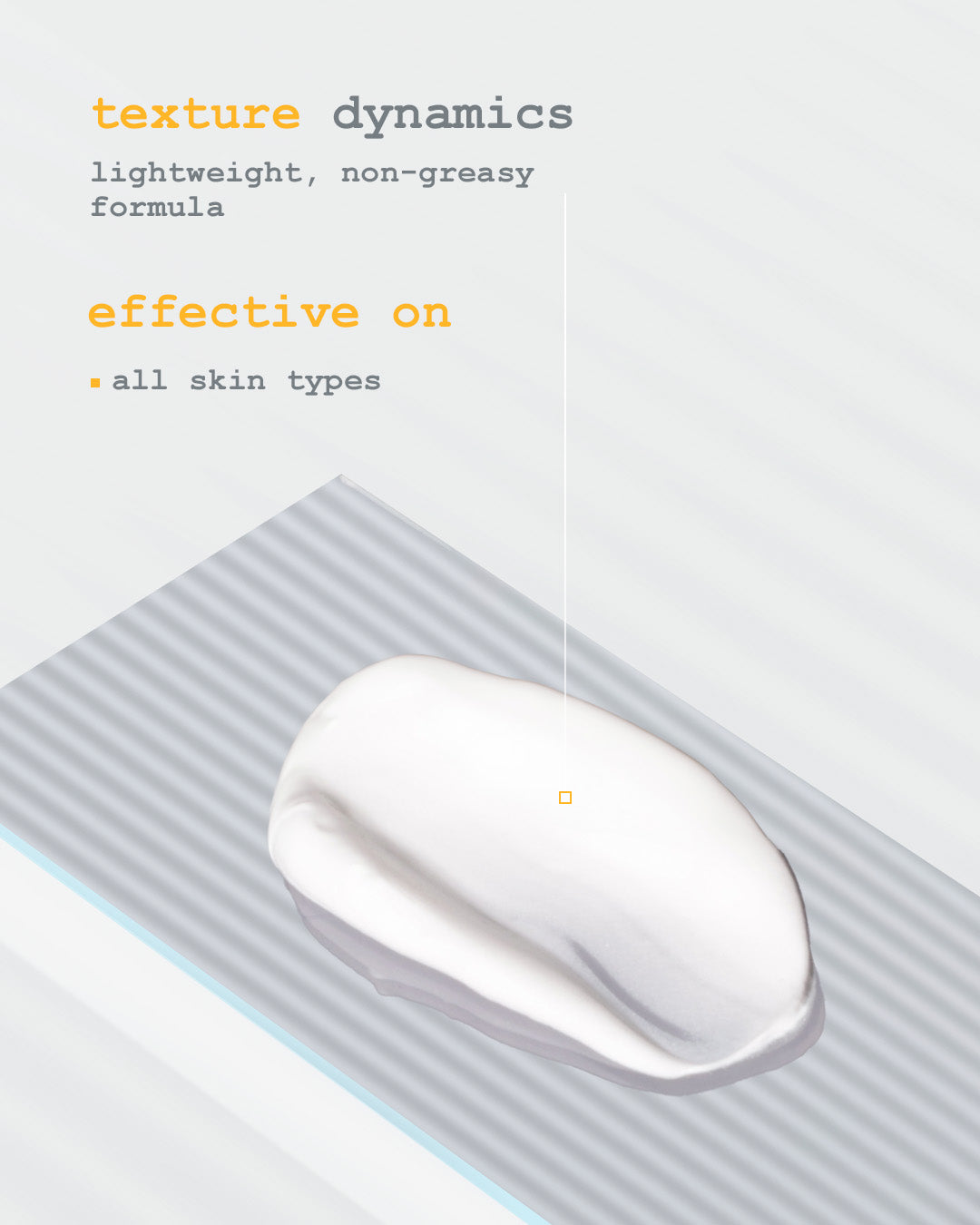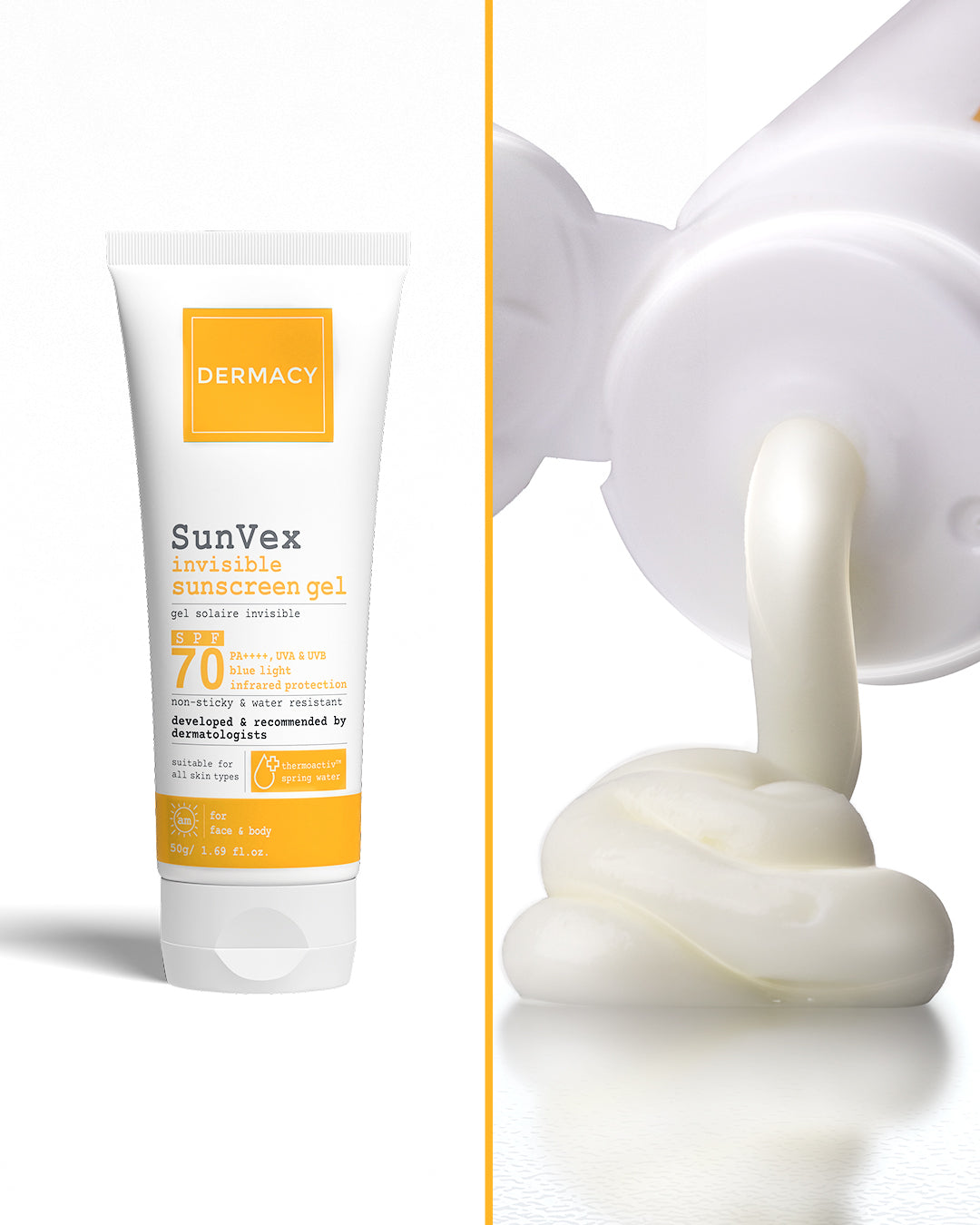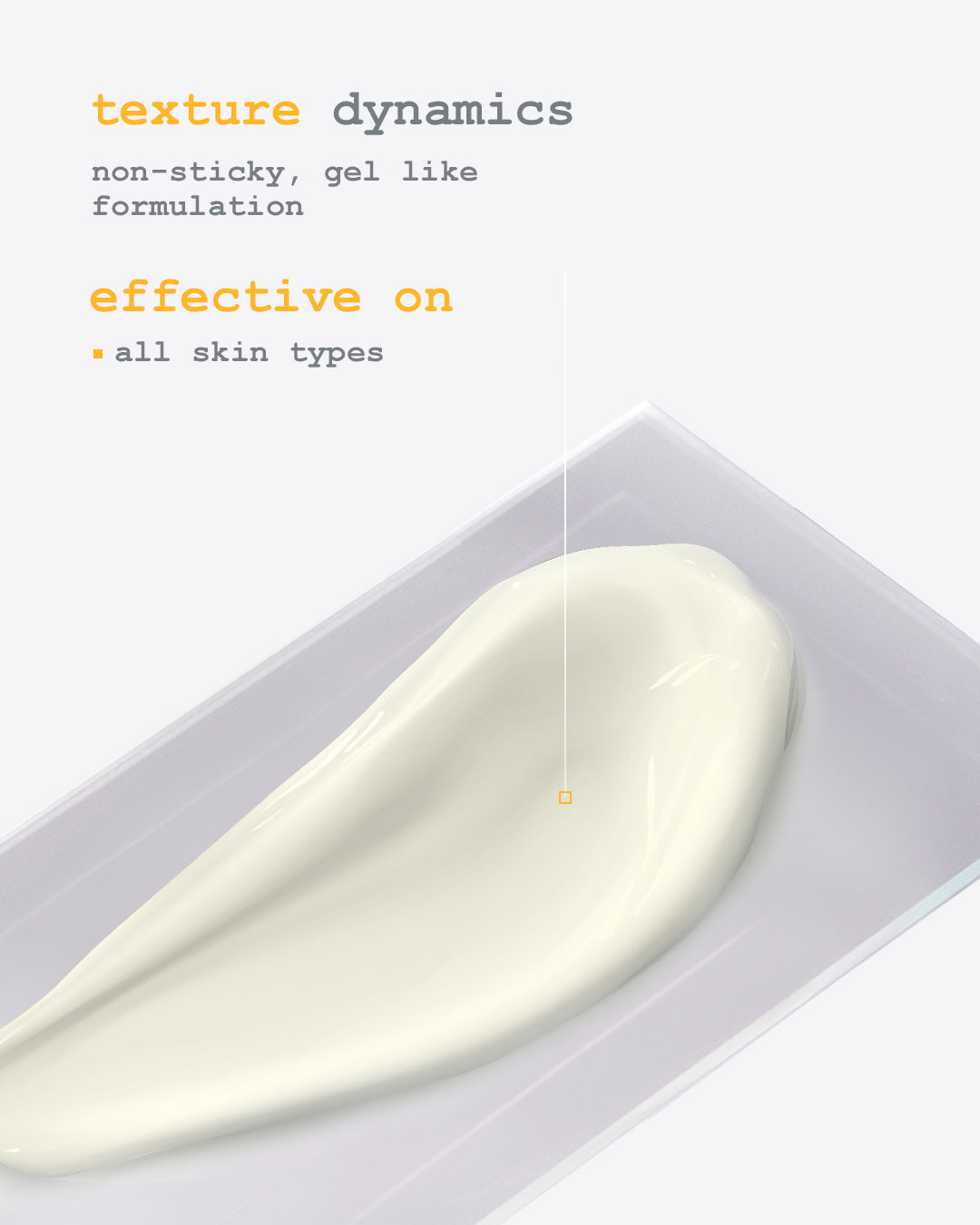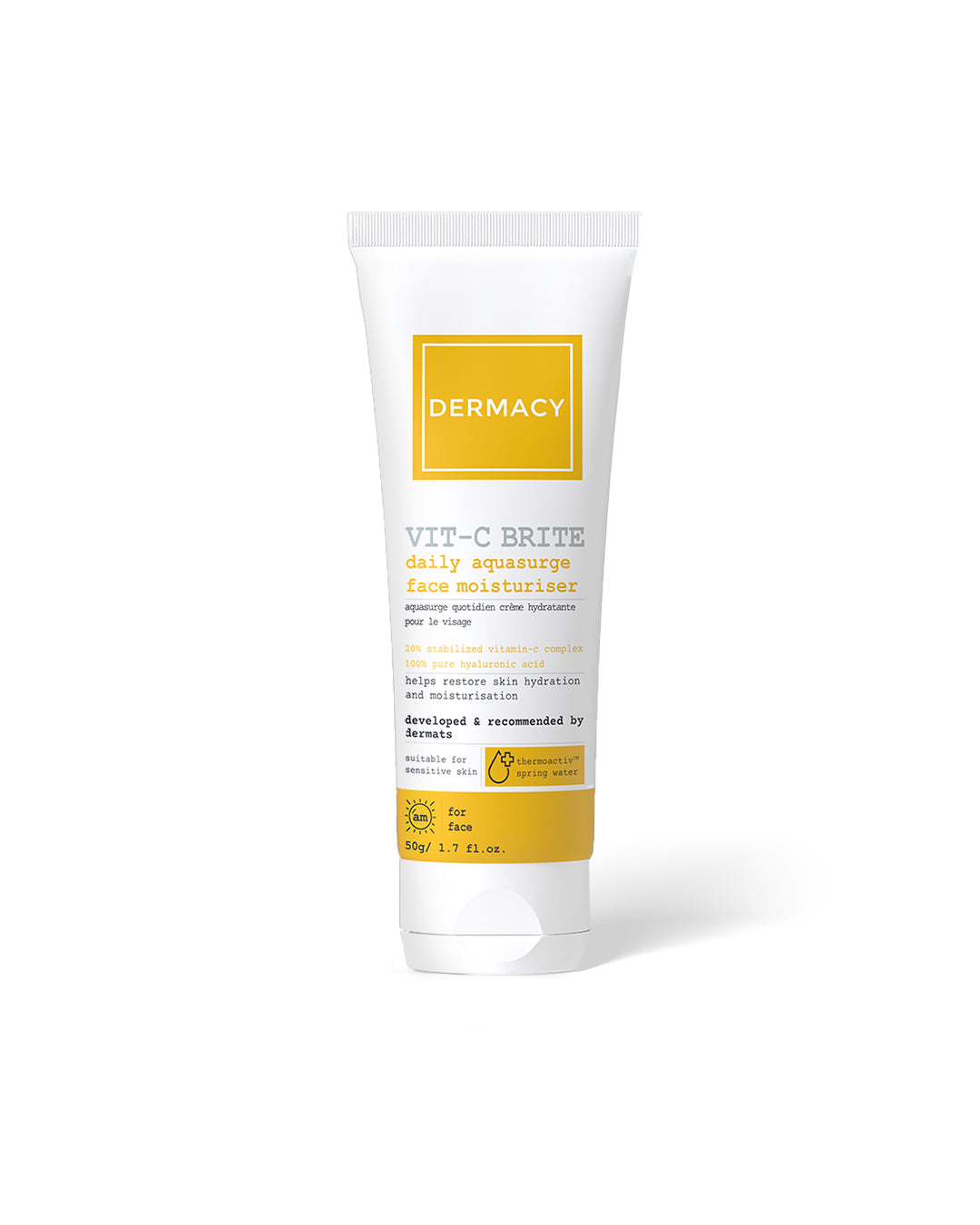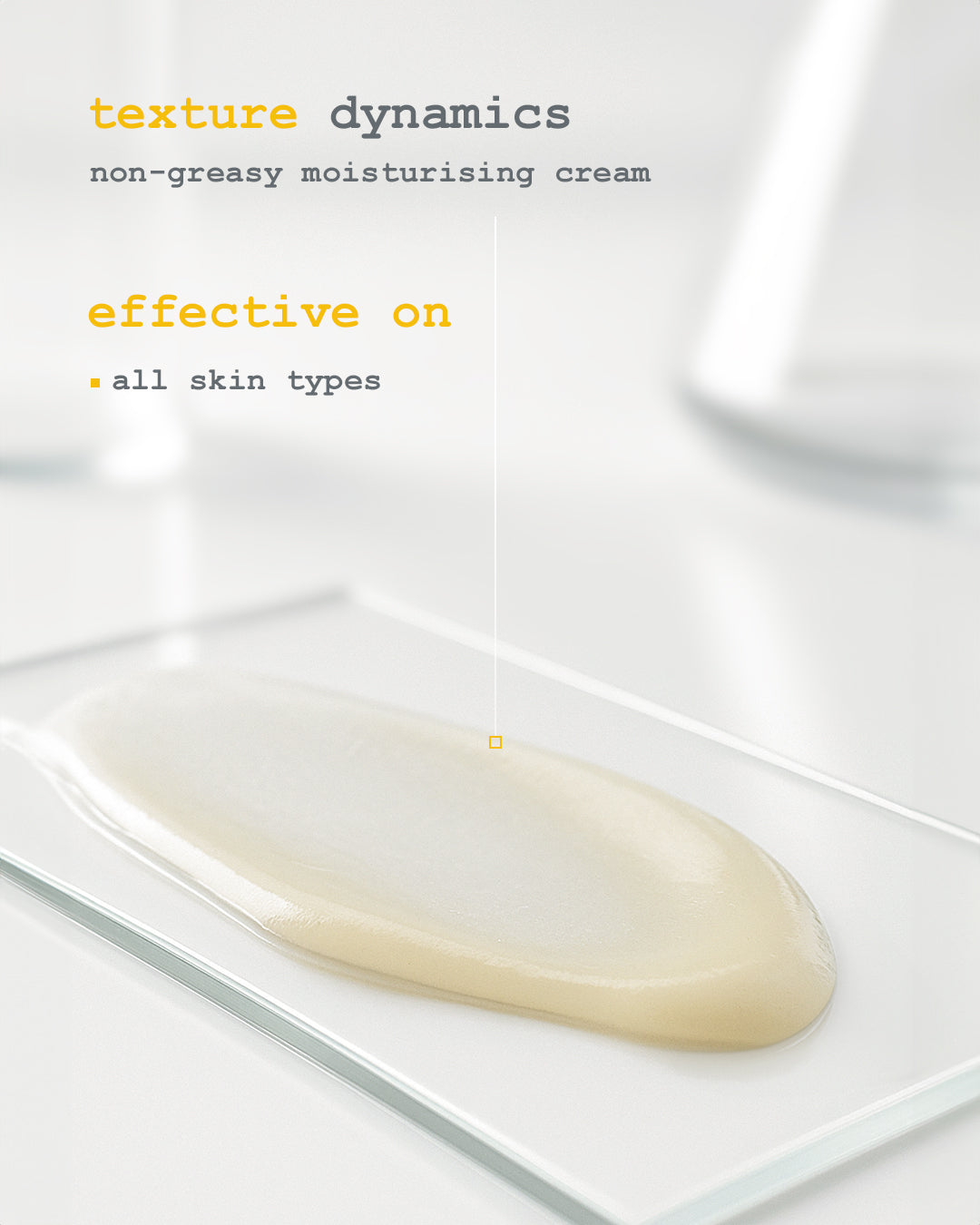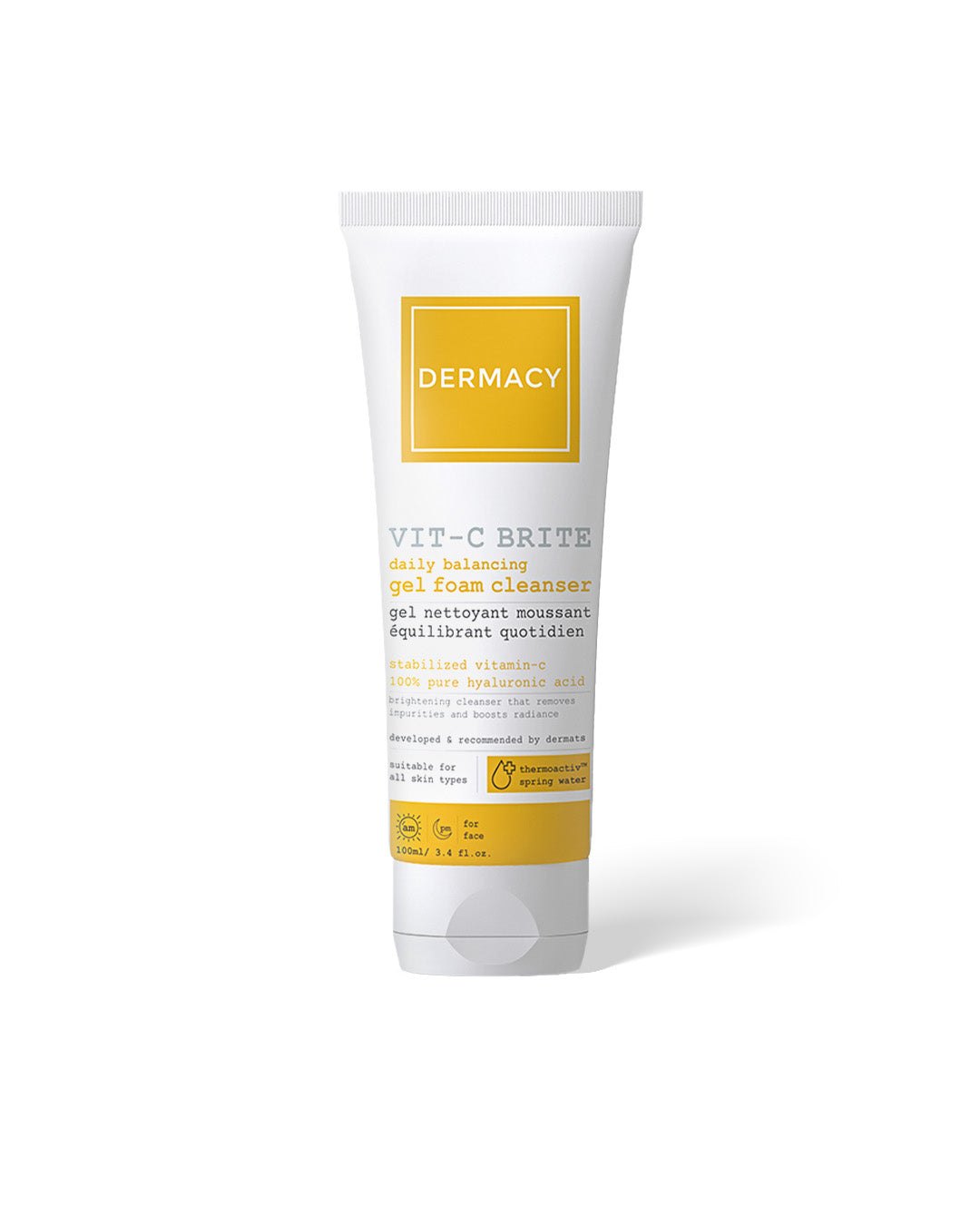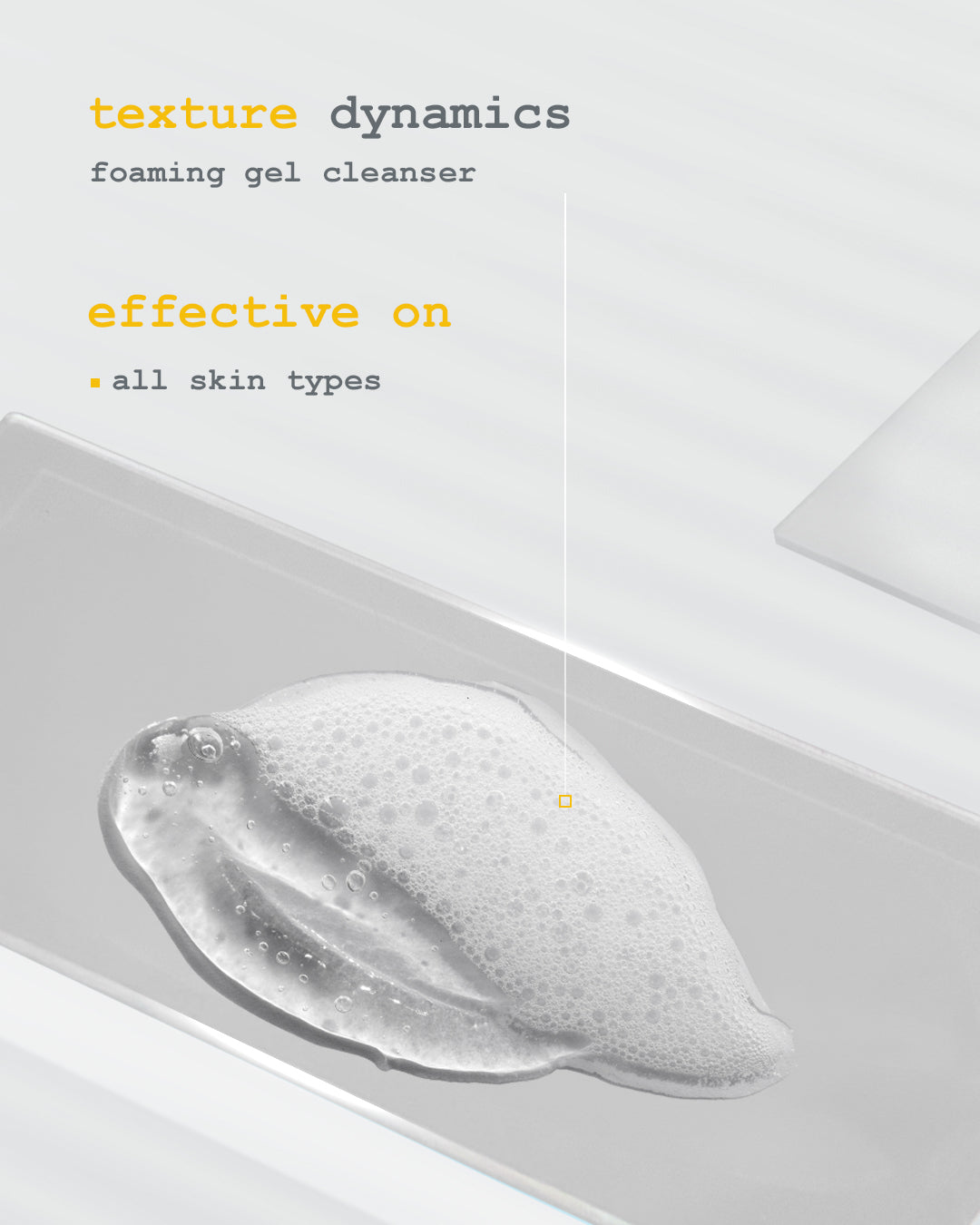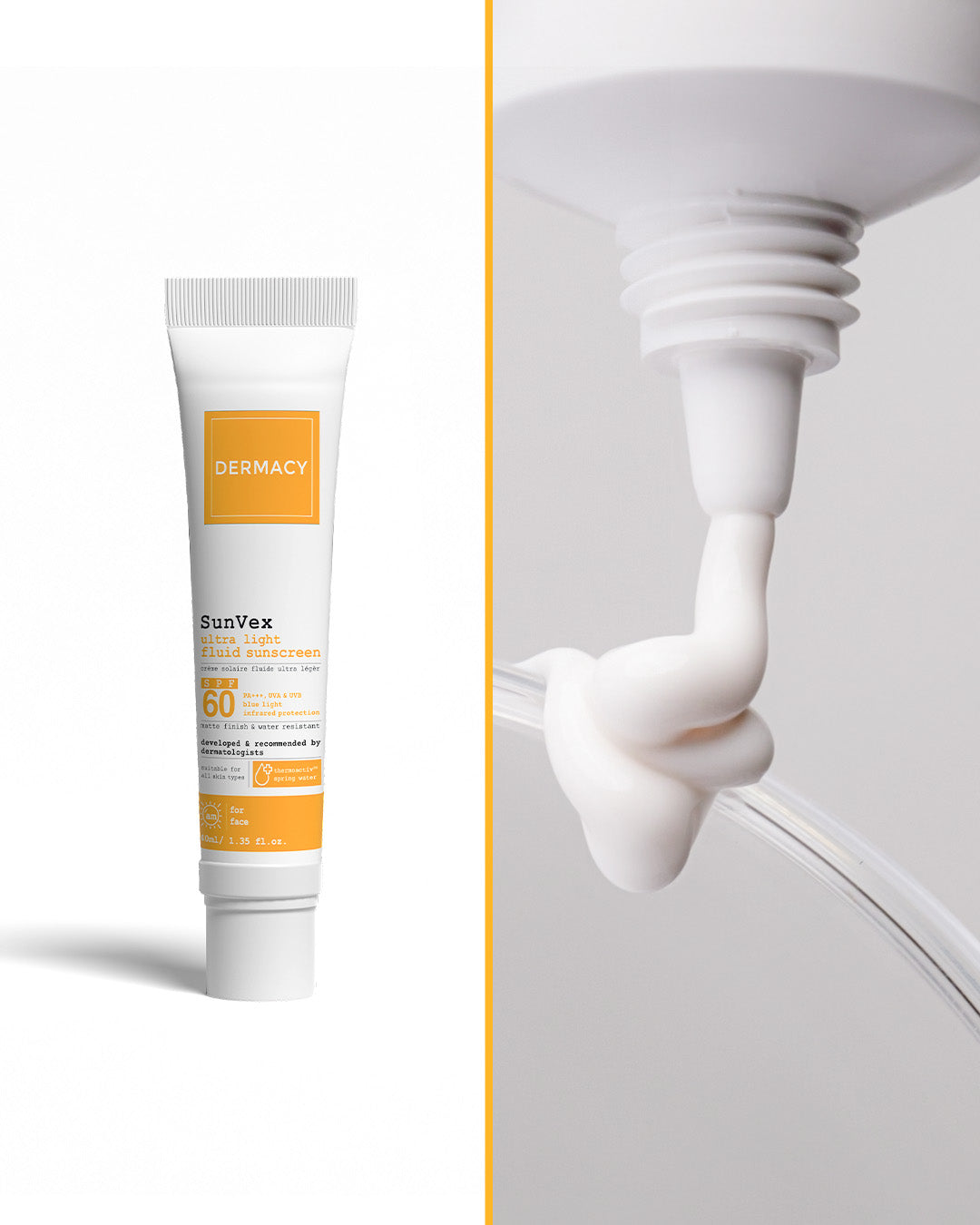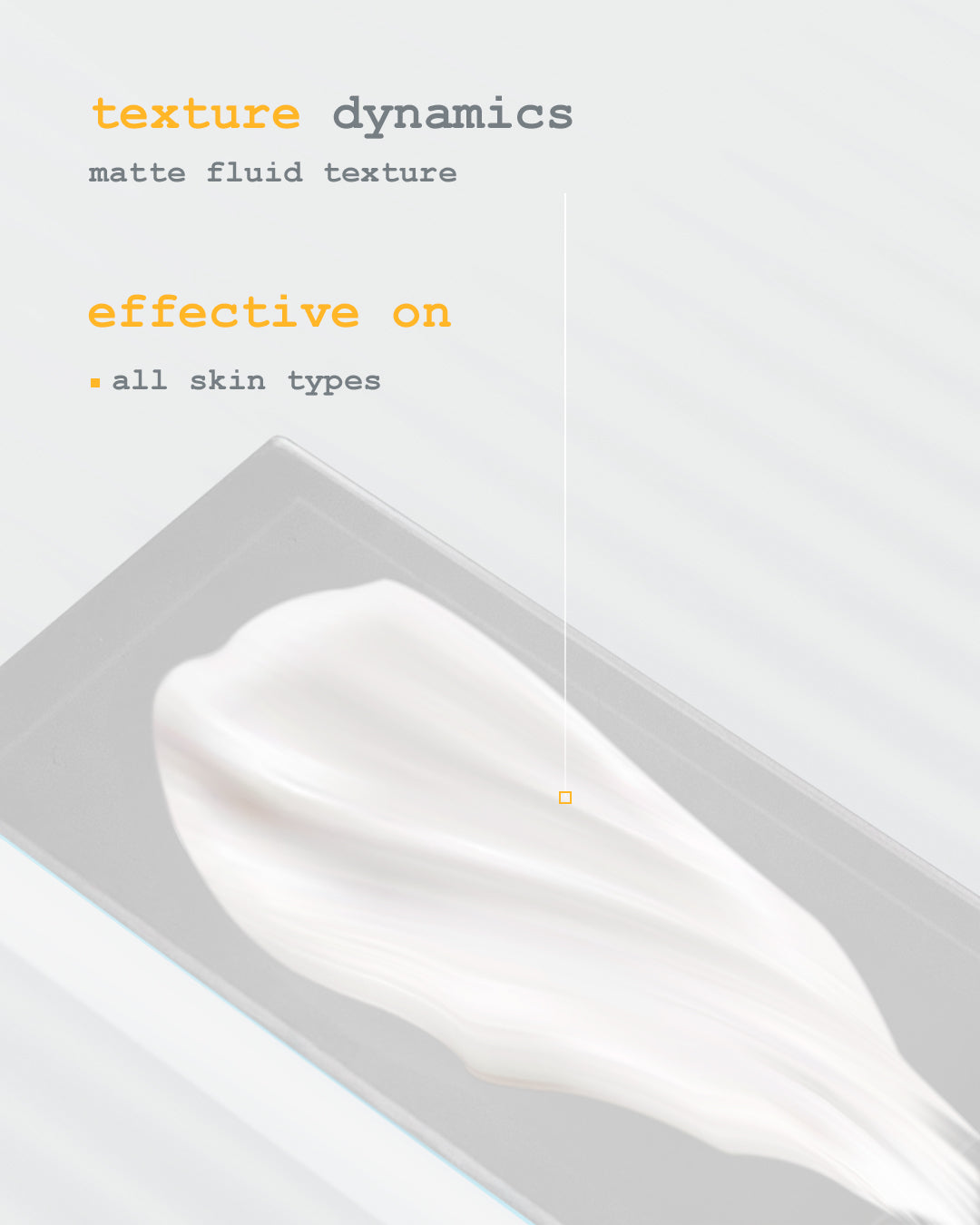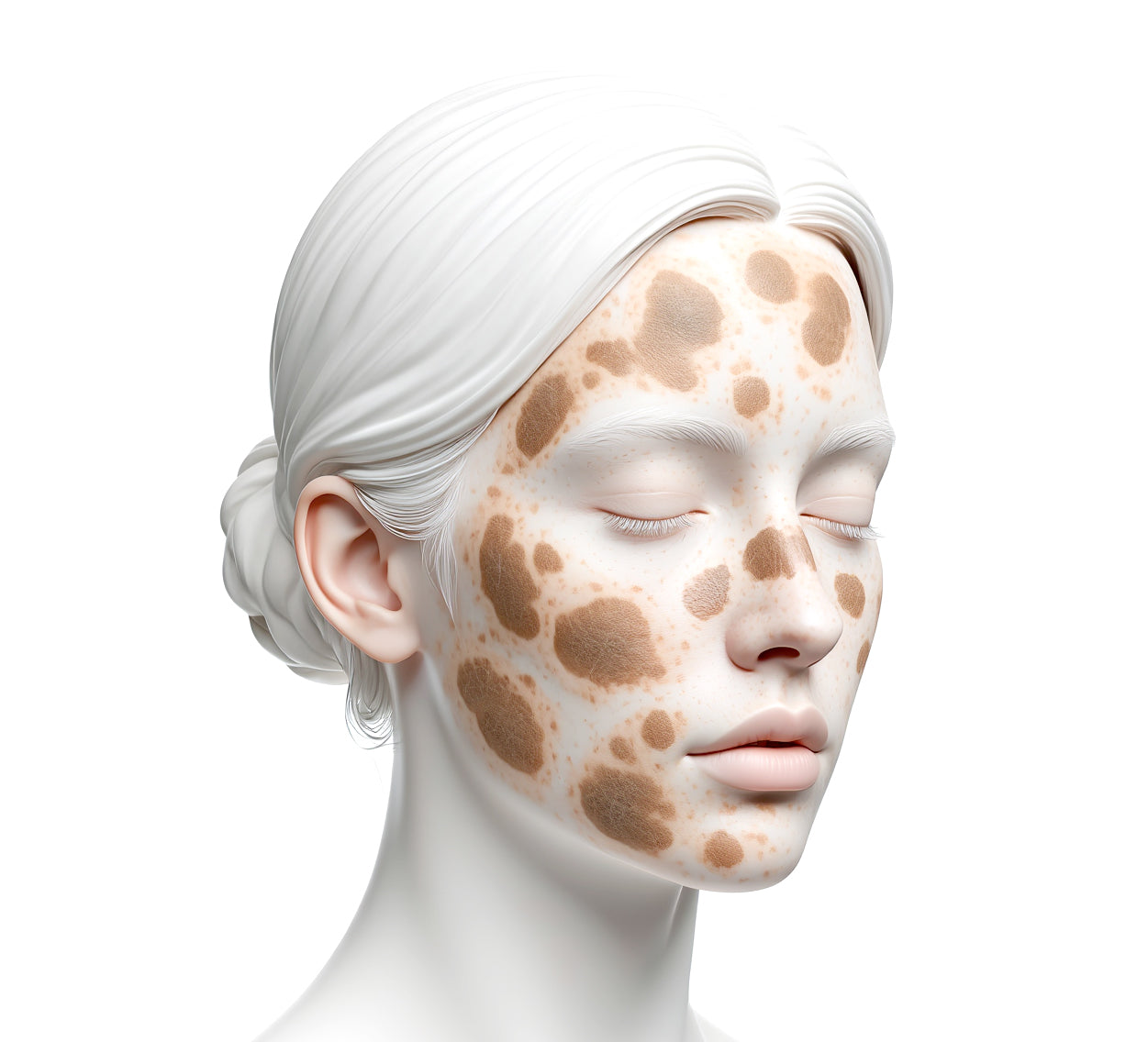Melasma: A Dermatological Perspective on Managing Persistent Pigmentation
Melasma vs. Hyperpigmentation
Although often confused with post-inflammatory hyperpigmentation (PIH) or age spots, melasma pigmentation is hormonally driven, deeper-set, and more difficult to fade. It’s typically triggered by:
- Hormonal changes (e.g., pregnancy, oral contraceptives)
- UV and visible light exposure
- Heat and inflammation
- Genetic predisposition
Causes of Melasma on Face
- UV Radiation: Daily sun exposure is one of the strongest triggers.
- Hormonal Imbalance: Pregnancy, menopause, or birth control can provoke hormonal acne and melasma simultaneously.
- Skin Sensitivity: A compromised barrier may allow more irritants to penetrate, stimulating melanocyte activity
- Heat & Blue Light: Both may worsen melasma by deepening pigment
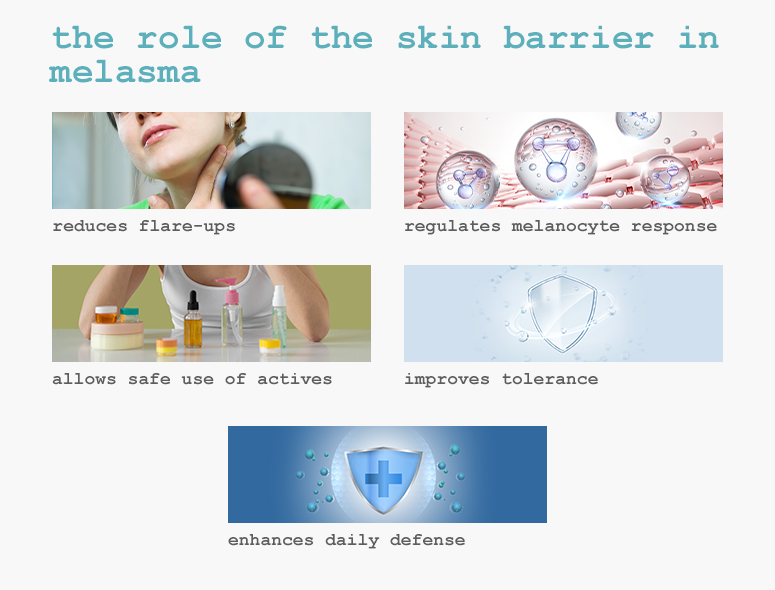
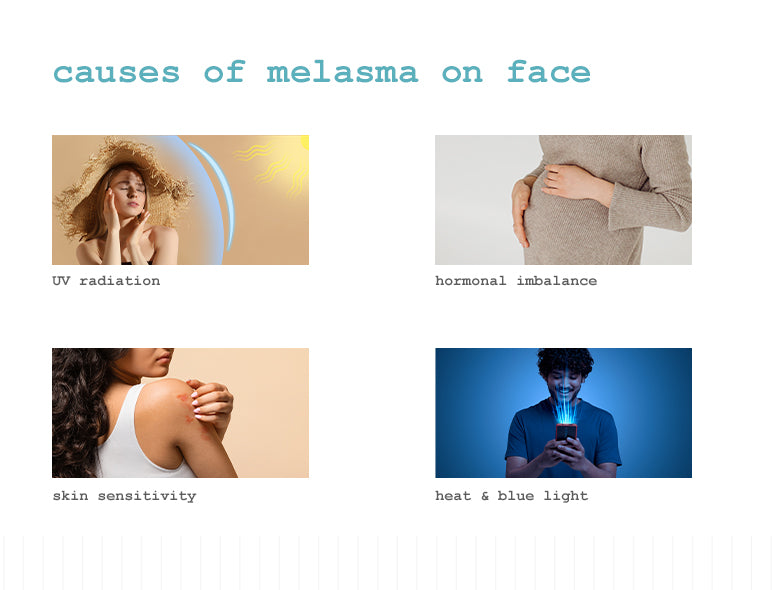
The Role of the Skin Barrier in Melasma
Supporting the skin barrier is essential for both prevention and treatment:
✔ Reduces flare-ups caused by inflammation
✔ Regulates melanocyte response to UV and hormonal triggers
✔ Allows safe use of actives like azelaic acid and tranexamic acid
✔ Improves tolerance to prescription melasma cream and exfoliants
✔ Enhances daily defence against blue light and pollution
The Ideal Skin Care Regimen for Melasma
A barrier-first, pigment-safe approach helps reduce melasma dark patches on face while preserving skin health. Here’s how:
1. Cleanser for Sensitive Skin
Use a non-stripping, pH-balanced cleanser—fragrance-free and alcohol-free—to prep the skin without irritation.
2. Best Sunscreen for Melasma
Daily sun protection is non-negotiable. Opt for a broad-spectrum sunscreen with blue light protection, preferably SPF 50+ with PA++++ rating. Mineral sunscreens are ideal for sensitive or pigment-prone skin.
3. Antioxidant and Brightening Serums
Target melanin production and inflammation with:
- Niacinamide for melasma
- Azelaic acid
- Tranexamic acid
- Licorice root extract
4. Skin Barrier Repair Cream
Use moisturizers rich in ceramides, panthenol, and omega fatty acids. A skin barrier repair cream improves hydration, reduces redness, and prepares skin for more active treatments.
Benefits of the Right Melasma Skincare Routine
✔ Fades melasma and hyperpigmentation gradually
✔ Prevents recurrence by strengthening the barrier
✔ Shields from blue light and UV damage
✔ Minimises redness and inflammation
✔ Supports early aging skin without sensitizing
Final Takeaway
Melasma is not just about dark patches on face—it's a chronic condition that requires both patience and precision. With the right melasma treatment strategy, including high SPF, barrier-first skincare, and targeted actives like niacinamide, visible improvement is possible.
A consistent routine that prioritizes sun protection for melasma, barrier support, and inflammation control can help restore even tone—without triggering new flares.






